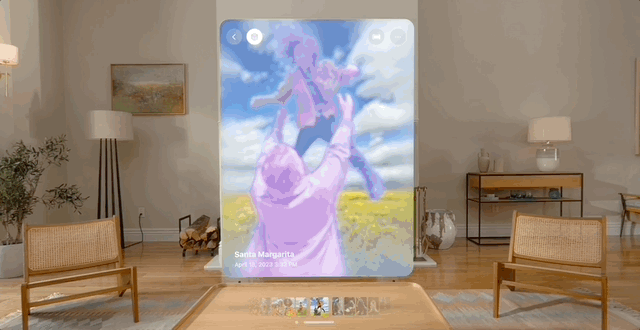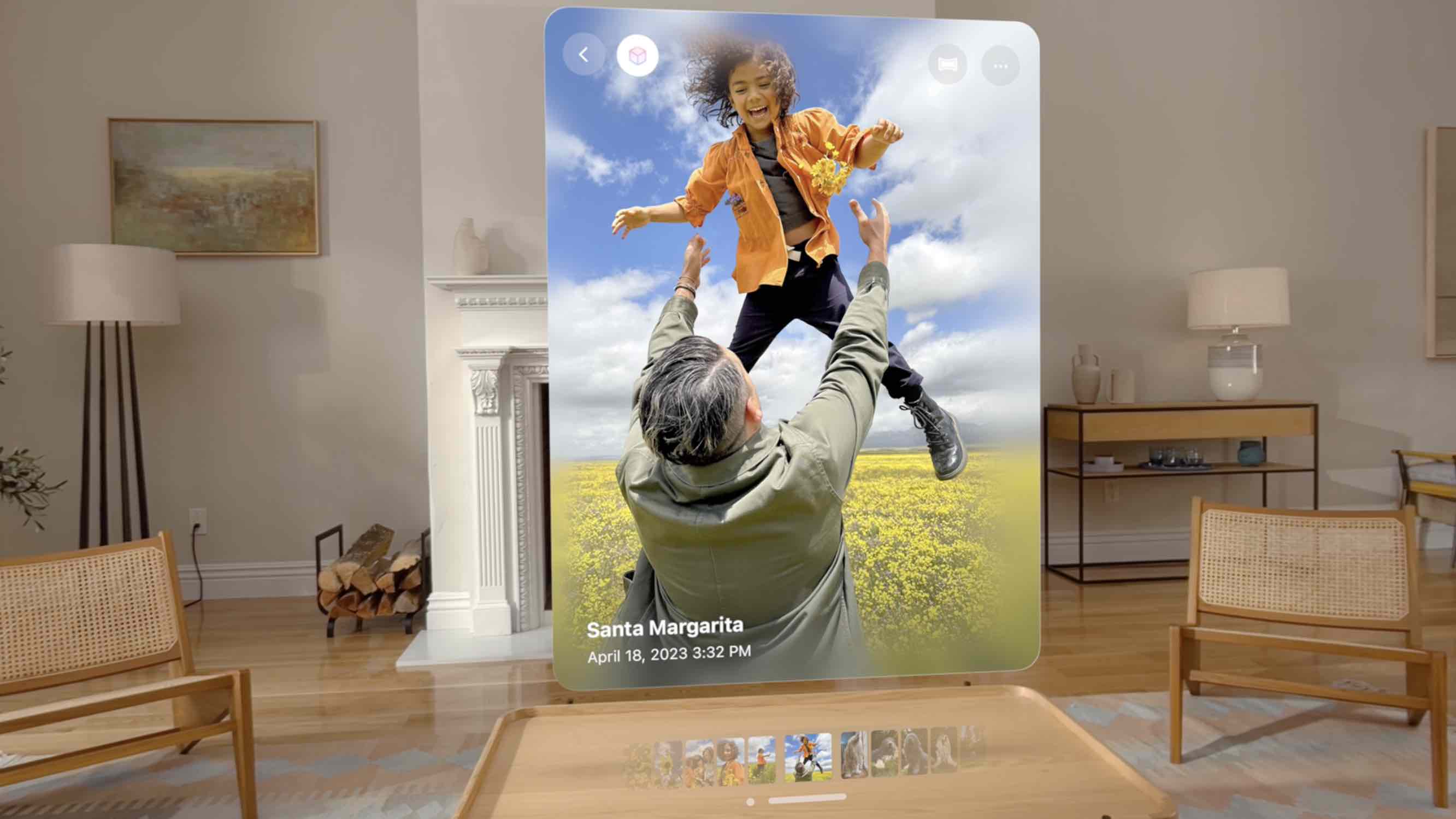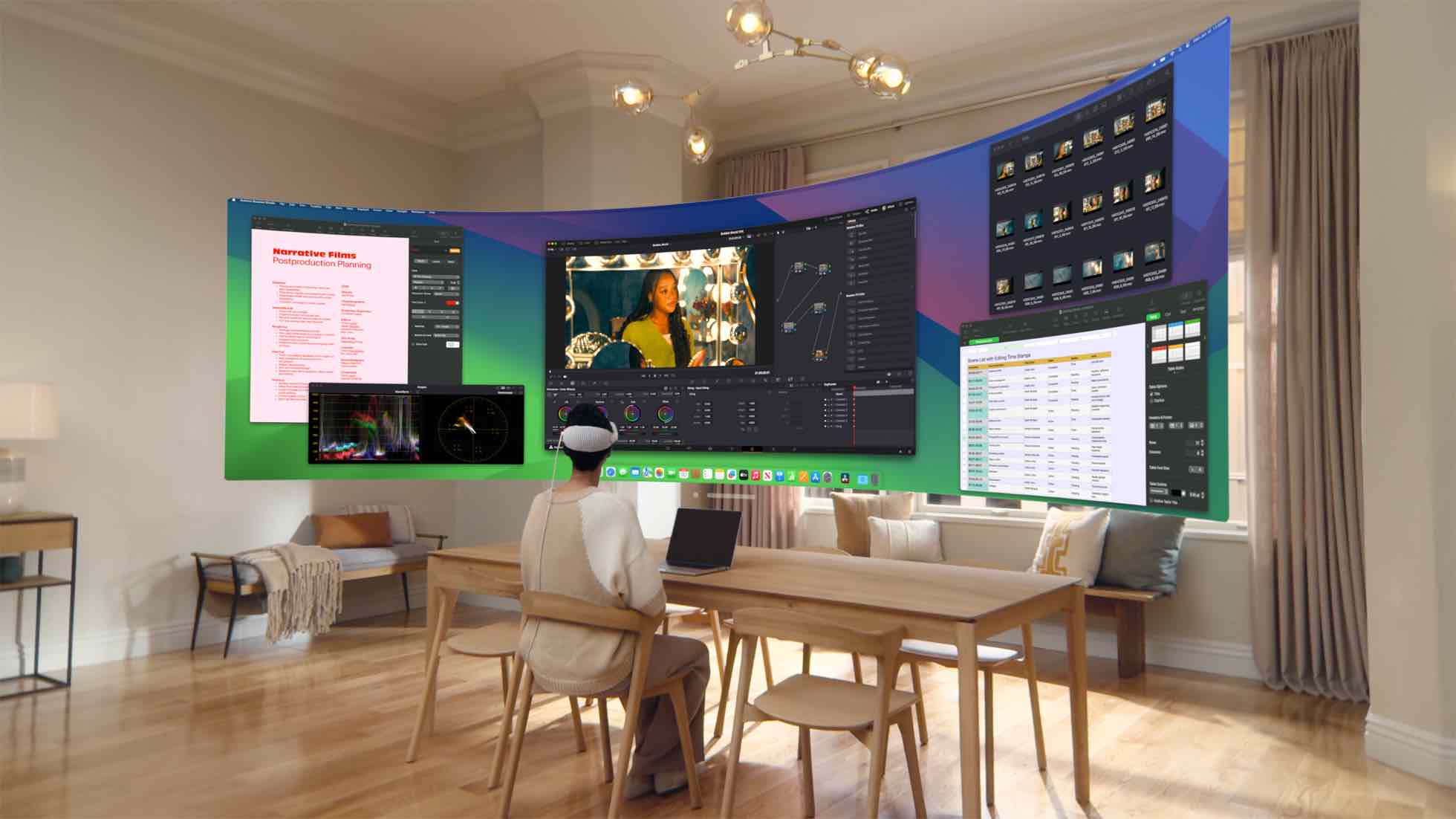Your old photos are getting a 3D makeover thanks to this huge Vision Pro update
Safe to say, I have high hopes for this feature

With the unveiling of visionOS 2.0 for the Vision Pro at WWDC 24, Apple introduced many new features but left my wish to open up environments ungranted. Even so, aside from new display options for Mac Virtual Display and more control gestures, there is one feature that stands out from the rest.
When I reviewed the Vision Pro, I noted how emotional an experience it could be, especially viewing photos back on it. Looking at photos of loved ones who have since passed or even reliving moments that I frequently call up on my iPhone or iPad, there was something more about life-size or larger-than-life representations of the content. When shot properly, the most compelling spatial videos and photos give off a real feeling of intimacy and engagement.
The catch is that, currently, the only photos and videos that can be viewed in this way are videos that have been shot in Apple's spatial image format, and that's something you can only do on the 15 Pro or 15 Pro Max.
However, in the case of photos, that's set to change with visionOS 2.
Make any photo more immersive

Photos that you view on the Vision Pro running the second generation of VisionOS will be able to be displayed as spatial photos thanks to the power of machine learning. This will add a left and right side to the 2D image to create the impression of depth and let the image effectively 'pop.' I cannot wait to give this a go, and I think it’ll give folks a more impactful experience with Apple's 'spatial computer.'
I also really like Apple’s approach here, as it won’t automatically present every photo as a spatial image – that could lead to some strange-looking shots, and there will also be photos that you’d rather leave in their original 2D form.
According to the visionOS 2.0 portion of Apple's keynote, the process is as simple as swiping through pictures within Photos and tapping a button to watch as machine learning kicks in, analyzes your photo, and adds depth elements. The resulting images really pop, and when viewed on a screen that could be as large as you want on the Vision Pro, the effect is striking.
I’ve already enjoyed looking at standard photos of key memories of my life with friends and family who are still here and some who have passed. Viewing it back on that grand stage is emotional, makes you think, and can be powerful. I’m hopeful that this option of engaging this 3D effect will make that impact even stronger.
Get daily insight, inspiration and deals in your inbox
Sign up for breaking news, reviews, opinion, top tech deals, and more.
It has the potential to greatly expand how much a Vision Pro owner actually uses the Photos app, considering that it’s a great way to view images on a large scale, be it a standard shot, ultra-wide, portrait, or even a panorama.
Mac Virtual Display expands, and improved gestures

While 'spatial photos' was the new feature that most caught my eye, it’s joined by two other new features in visionOS 2.0. For starters, Mac Virtual Display is set to get a big enhancement – you’ll be able to make the screen sizes much larger, almost like a curved display that wraps around, and one that will benefit from improved resolutions. That means more applications will run even better here.
Additionally, you can do more with hand gestures. Rather than hitting the Digital Crown to pull up the home screen, you can make a gesture similar to double-tapping to pull up that interface, while another gesture will let you easily access Control Center.
New ways of interaction are either overlaid in your reality, in an immersive one for Apple, or on Tatooine if you’re in Disney Plus.

Jacob Krol is the US Managing Editor, News for TechRadar. He’s been writing about technology since he was 14 when he started his own tech blog. Since then Jacob has worked for a plethora of publications including CNN Underscored, TheStreet, Parade, Men’s Journal, Mashable, CNET, and CNBC among others.
He specializes in covering companies like Apple, Samsung, and Google and going hands-on with mobile devices, smart home gadgets, TVs, and wearables. In his spare time, you can find Jacob listening to Bruce Springsteen, building a Lego set, or binge-watching the latest from Disney, Marvel, or Star Wars.